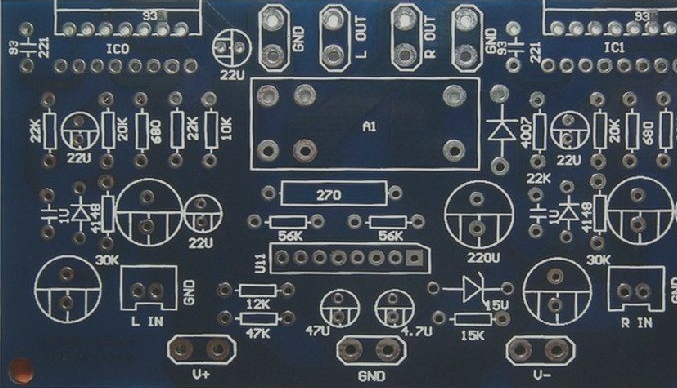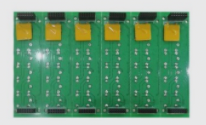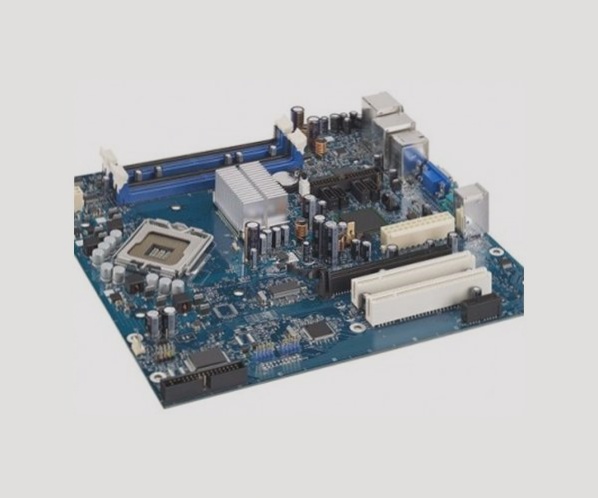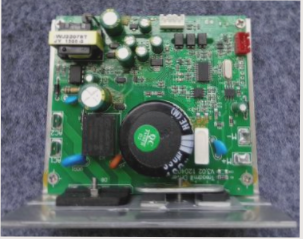The Importance of PCB Soldering Technology in the Age of Electronic Advancements
As electronic technology rapidly advances, the demand for miniaturization, BGA (Ball Grid Array), and high-density chip spacing continues to grow. This evolution brings about increased requirements for PCB soldering technology.
Challenges of False Soldering in PCB Manufacturing
One of the most significant challenges in PCB manufacturing is soldering defects, with false soldering being a common issue. False soldering can result in unstable product performance, potentially leading to undetected defects in subsequent testing stages like ICT (In-Circuit Test) and FT (Functional Test). This oversight can cause faulty products to enter the market, damaging a brand’s reputation and causing financial losses.
Causes of False Soldering
- Weak solder joints on components
- Inadequate PCB soldering quality
- Widespread nature of false soldering issues
- Poor solder paste performance
- Improper process control

Understanding False Welding
False welding, characterized by weak or virtual soldering, can lead to poor electrical contact and intermittent connections. Weak soldering involves insufficient tin coverage, while virtual soldering appears well-soldered externally but lacks a proper bond internally, making joints prone to detachment.
Reasons for False Welding in Molybdenum Alloys
- Oxidation or contamination of component pins, soldering pads, or PCB pads
- Impurities hindering proper solder application
- Poor adhesion of metal electrodes
- High heat capacity of parts or pads
- Incorrect flux selection
Judging Virtual Welding
Methods for identifying virtual welding include visual inspection, AOI systems, and addressing causes such as defective pad design, oxidation, insufficient solder paste, and poor quality SMD components.
Preventing False and Virtual Welding in PCB Assembly
- Surface-mounted components with multiple small legs are prone to deformation, leading to virtual welding or lack of soldering. Proper inspection and handling are crucial before soldering.
- Ensure solder paste is evenly applied on the PCB to avoid insufficient coverage. Refill as needed for proper soldering.
Precautions to Prevent False and Virtual Welding:
- Manage suppliers strictly to maintain material quality stability.
- Store components, PCBs, and materials per recommended conditions to protect them from moisture and within their shelf life.
- Clean contaminated, oxidized, or expired PCBs before use.
- Regularly clean the tin furnace, soldering channels, and nozzles for a clean solder flow.
- Utilize a three-layer end structure soldering rod that can withstand temperatures exceeding 260°C.
- Improve preheating techniques for components with high heat capacity or large pads to ensure the correct soldering temperature.
- Choose high-activity flux and follow manufacturer guidelines for storage and usage.
- Set an appropriate preheating temperature to prevent premature aging of the flux.
If you require PCB manufacturing services, feel free to contact me.




